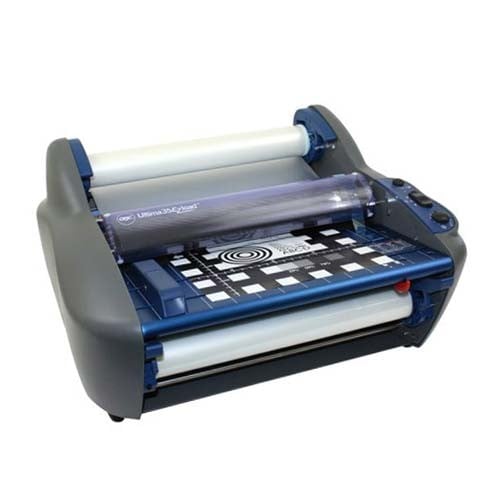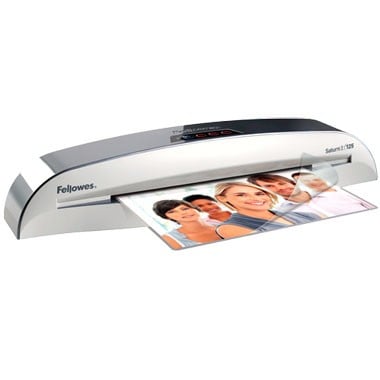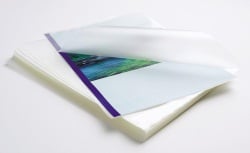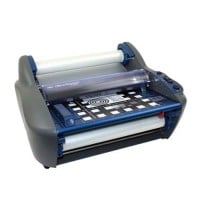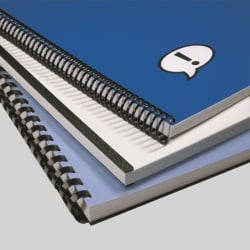MyBinding Knowledge Base
- Binding (248 Article)
- General Binding (42)
- Plastic Comb Binding (57)
- Fastback Binding (59)
- Perfect Binding (2)
- Modular Punching (8)
- Zipbind (3)
- Twin Loop Wire (13)
- Coil Binding (22)
- Thermal Binding (14)
- Strip Binding (1)
- VeloBind (4)
- Binding Covers (14)
- Proclick Binding (10)
- SureBind (4)
- Screw Post (2)
- Hole Punches (2)
- Staplers (4)
- Komtrak Insprial Binding (2)
- Paper (1)
- Rhin-O-Tuff (5)
- Binding Machines Comparison (17)
- Laminating (109 Article)
- General Laminating (26)
- Roll Lamination (16)
- Pouch Lamination (36)
- Pouch Board Laminator (3)
- School Laminator (3)
- Foil Laminating (3)
- Royal Sovereign Laminators (10)
- Laminators Comparison (3)
- Boards (11 Article)
- Bulletin Boards (3)
- Whiteboards (5)
- Chalkboards (1)
- Paper Shredders (44 Article)
- General Shredding (35)
- Industrial Shredders (1)
- Cross-Cut Shredders (2)
- Cardboard Shredders (1)
- Multimedia Shredders (1)
- Personal Shredders (1)
- High Security Shredders (2)
- Ring Binders (9 Article)
- Specialty Binders (2)
- Reinforced Paper (1)
- Health Care Punched Paper (1)
- Perforated Paper (2)
- View Binders (1)
- Index Tabs (9 Article)
- Index Tab Dividers (2)
- Copier Tabs (4)
- Pocket Folders (1)
- Custom Index Tabs (1)
- Pre-Printed Index Tabs (1)
- Paper Handling (37 Article)
- Paper Folders (9)
- Paper Joggers (2)
- Guillotine Cutters (4)
- Rotary Trimmer (3)
- Electronic Paper Cutters (1)
- Corner Rounders (2)
- Paper Scoring (2)
- Paper Drill (2)
- Booklet Makers (3)
- Stack Cutters (1)
- Paper Handling Equipment Comparison (5)
- ID Accessories (12 Article)
- Badge Holder (1)
- Lanyards (8)
- Badge Reels (1)
receive
$5off
*On order $25 or more.
How do I select the right Three-Hole Punch?
Unless your office is committed to using pre-punched paper for use in binders, you’re going to need a good three-hole punch. Here are the things you need to consider when selecting yours….
- Punching capacity. The most important thing to look for when selecting a three-hole punch is a sufficient punching capacity. This refers to how many sheets of paper the device can handle at a time. There are some units that can only work with a few sheets at once while others can handle dozens. (If you want to process hundreds of sheets at once, you should consider getting a paper drill.) Basically, get a device that can punch as many sheets as possible, so long as you can afford it. There are few things more frustrating that trying to work with a lot of sheets and not being able to.
- Manual versus electric. As you probably already know, there are both manual and electric three-hole punches. The electric ones tend to be more expensive but they typically can process many more sheets at a time than their manual counterparts. However, you will find that electric punches’ parts aren’t as durable as they could be which can definitely be problematic. Meanwhile, manual punches are often incredibly durable and are pretty affordable even as they offer lower punching capacities. Choose a device that fits your needs and your budget.
- Adjustable punching heads. One feature that’s incredibly popular when it comes to three-hole punches is a set of adjustable punching heads. If you can adjust the position of the heads, you can work with different sizes of paper and even produce different hole patterns. For example, you could do a two-hole pattern so you can prepare your documents for storage in file folders or half-letter size binders. Adjustable heads are really convenient and will increase the functionality of which ever device you choose.
- Replaceable dies. Unless you’re planning on replacing your three-hole punch in the somewhat near future, you should get one that has replaceable dies. This is especially true if you anticipate punching on a frequent basis. The more paper you process, the more worn the dies will become. If you can replace them, you’ll end up saving yourself money in the end.
- Durable construction. A three-hole punch is definitely an investment, so make sure you choose one that’s in it for the long haul. The best punches contain metal parts and, as discussed above, replaceable dies so you can get years of use out of your new device. Punches made out of plastic should be avoided if possible since they won’t last very long and they may not always produce cleanly punched holes. So make sure you check out the punch’s construction before purchasing it.
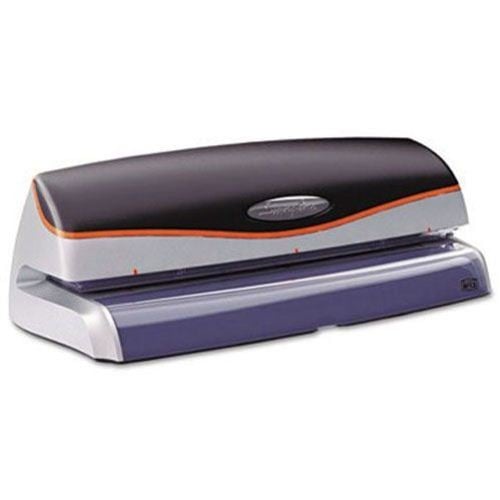
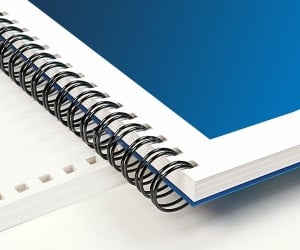
< Over the years, a number of customers have asked me whether they can use twin loop wire with their plastic comb binding machine. These customers often don’t want to have to buy a brand new machine but like the look and feel of twin loop wire binding. However, the answer to their question isn’t as simple as it seems. You see, they actually do make twin loop wire that is designed to work with the plastic comb binding hole pattern. With that said, if you want to use these wires you are going to need a way to close the wires. What is Spiral-O Wire? Let me explain a little bit more…There is a product that we carry called Spiral-O Wire. This wire has 19 loops and is designed to work with the hole pattern from a plastic comb binding machine. Spiral-O Wire is sometimes called Wire Combs or Ibico Wire and was originally designed for use with some of the older Ibico binding machines. A number of the older Ibico plastic comb binding machines also included a twin loop wire closer on the front of them to allow users to use both plastic combs and wire. This 19 loop wire was designed for this purpose. What Equipment is Needed? As the Ibico brand has been phased out by GBC and all of the older Ibico plastic binding machines have been replaced with new models, they no longer have the twin loop wire closer on the front of them. This presents a problem in trying to use these spiral-o wires since you can’t use the wires without a way to close them. One of the only options left is to purchase a Twin Loop wire closer. However, since twin loop wire closers are not incredibly cheap this option usually only appeals to users who have larger electric plastic comb binding machines. Otherwise, it is often advisable to simply buy a low end 3:1 pitch twin loop wire binding machine (the supplies are cheaper). This being said, if you have one of the older Ibico binding machines that has a wire closer included you are in luck. The Spiral-O binding supplies that we carry will work perfectly with your machine and you will be able to use both plastic combs and wire depending on your needs. These Spiral-O binding supplies are available in Black, Silver, White, Blue and Red and in sizes up to 1″ in diameter. If you aren’t sure what type of wire binding supplies that you need to work with your machine simply give us a call. Our trained sales representatives will be glad to help you find the correct supplies for use with your machine.(Read More)
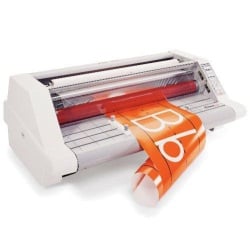

Loading...


